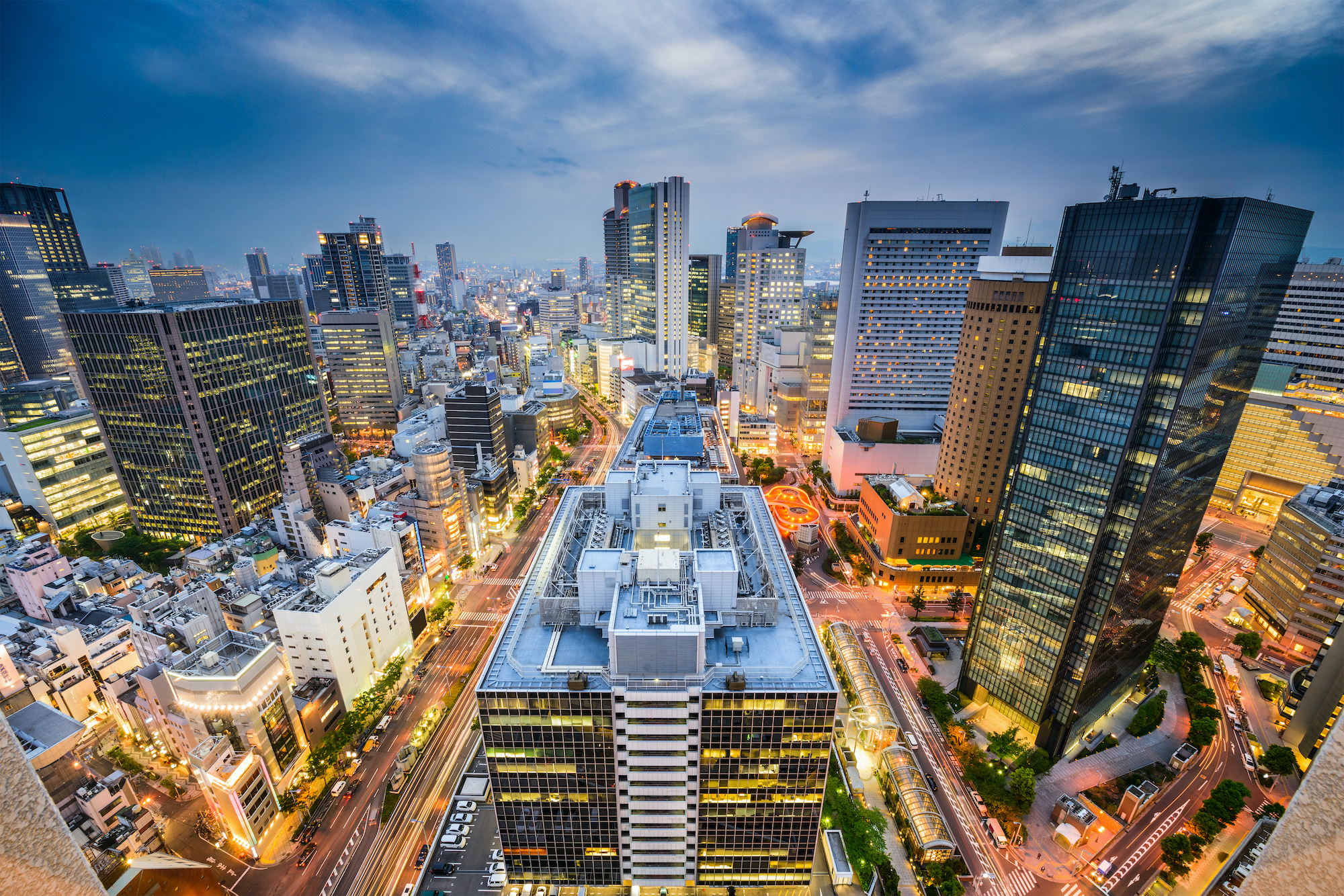Real Estate Economic Institute
The Real Estate Economic Institute (不動産経済研究所) released their forecasts for the year 2021, both in Tokyo and Osaka (Kanto・Kansai). Since we are based in Osaka (Kansai) we will focus on the data provided for the Kansai Region.
The data provided by the Real Estate Economic Institute focuses on the supply and price trends for condominiums.
Typically in our monthly sales reports, we do not include new developments considering the reports we receive from our Real Estate Association excludes data for new construction.
The report provided by the Real Estate Economic Institute provides us with data on new developments and new construction.
We hope out translation of the original report can be of reference to our readers.
Supply Trends
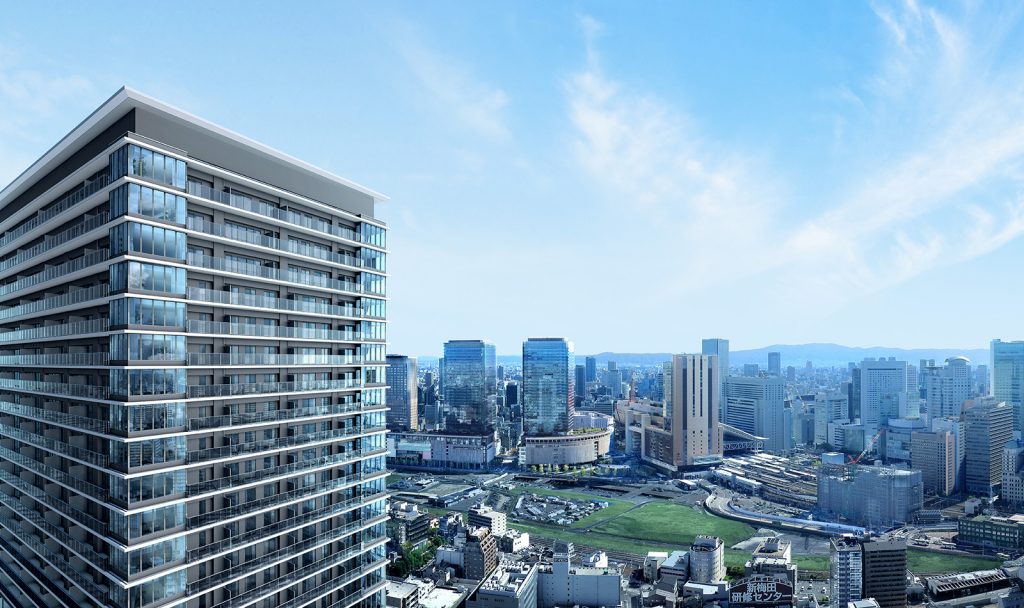
Continued Development in the Kansai Region
The Real Estate Economic Institute forecasts a total supply of 18,000 units for 2021. This is an increase of 29.5% from the previous year (2020). All prefectures in the Kansai Region are expected to increase in supply excluding Nara Prefecture.
The supply numbers for 2021 are similar to those back in 2019. Factoring in COVID-19, the number for supply in 2020 closed around 13,000 which was a decrease of 23% compared to the supply in 2019. The initial forecast for supply in 2020 was 17,000.
High Rise Development Trends
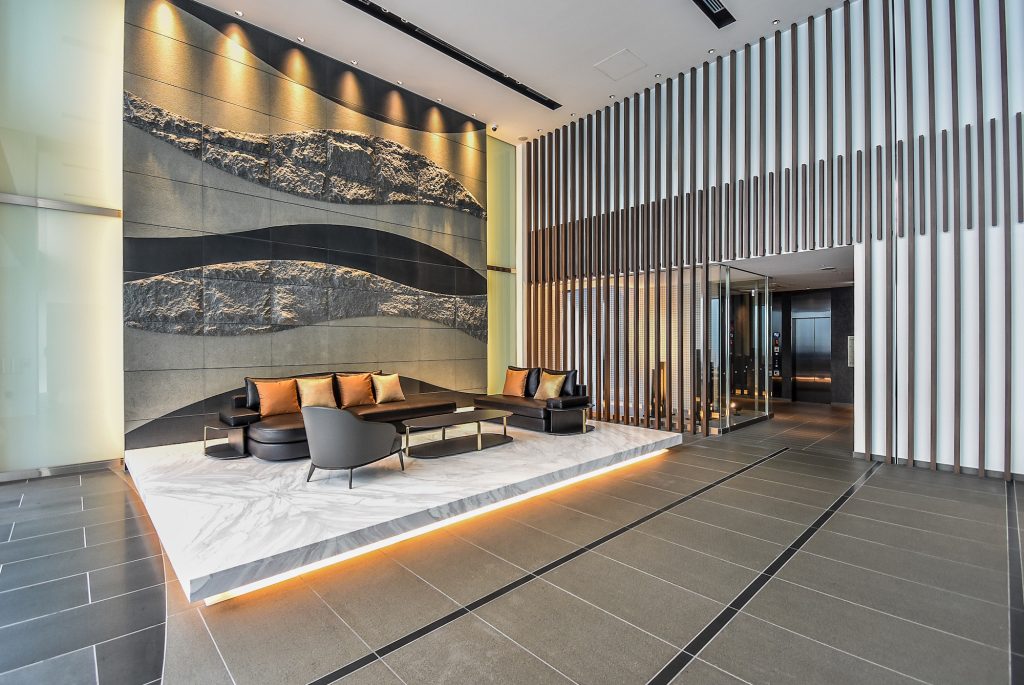
As the years prior, developers are continuing to focus on High Rise developments in Osaka City. The push to blend Osaka City’s CBD (Yodoyabashi・Honmachi・Kitahama) with residential dwellings has helped this trend in the past few years which will continue in 2021.
In Hyogo Prefecture, more specifically, Kobe is expected to see an increase in supply for high rise developments as well.
Medium Size Developments
Hyogo Prefecture is also expecting an increase in supply for medium and large scale condominium complexes.
Kyoto City and Kyoto Prefecture is always an interesting city to analyze. Kyoto being a city which protects it’s culture and history with a plethora of restrictions on construction, is expected to observe an increase in supply. In recent years, Kyoto experienced a downward trend, but in 2021 developers are looking to bring more medium sized developments to the market. This trend is expected outside the city of Kyoto as well.
Supply Breakdown:
Supply Forecast by Prefecture and City:
- Osaka City: 6,200 units (+10.3%)
- Osaka Prefecture (total): 10,200 units (+13%)
- Kobe: 1,700 units (+38.2%)
- Hyogo Prefecture (total): 4,700 units (+70%)
- Kyoto City: 1,200 units (+57.9%)
- Kyoto Prefecture (total): 1,900 units (+104%)
- Nara Prefecture (total): 400 units (-16.7%)
- Shiga Prefecture (total): 600 units (+3.4%)
- Wakayama Prefecture (total): 200 units (+42.9%)
An upward trend for High Rise, Medium and Large Scale developments is forecasted for 2021, but the supply for 1K (studio) investment developments saw a sharp decrease in 2020, which is expected for at least the first half of 2021.
Price Trends
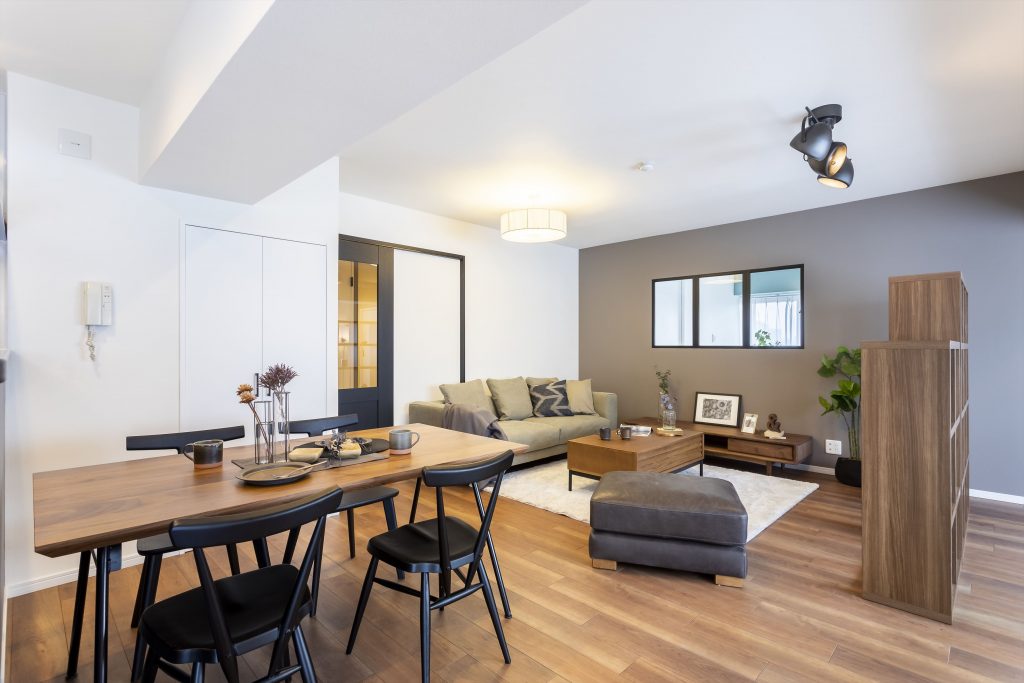
As a whole, the Kansai Region experienced a year over year increase in price of approximately 9.9% for the year 2020. The average sales price in 2020 was ¥42,490,000, all prefectures except Shiga and Wakayama experienced increase in average sales prices.
The Real Estate Economic Institute has provided us the data for sales between the months of January and November 2020.
Price Breakdown:
Average Sales Prices by Prefecture and City:
- Osaka City: ¥42,260,000 (+14.9%)
- Osaka Prefecture (total): ¥43,418,000 (+11%)
- Kobe: ¥38,940,000 (+8.8%)
- Hyogo Prefecture (total): ¥43,060,000 (+4%)
- Kyoto City: ¥39,640,000 (+12.3%)
- Kyoto Prefecture (total): ¥34,680,000 (+4%)
- Nara Prefecture (total): ¥42,480,000 (+10.7%)
- Shiga Prefecture (total): ¥38,090,000 (-0.3%)
- Wakayama Prefecture (total): ¥36,460,000 (-15.7%)
Average Price Per Square Meter by Prefecture and City
- Osaka City: ¥854,000 (+6.1%)
- Osaka Prefecture (total): ¥735,500 (+7%)
- Kobe: ¥628,000 (-2.9%)
- Hyogo Prefecture (total): ¥638,500 (-0.08%)
- Kyoto City: ¥758,000 (+11.8%)
- Kyoto Prefecture (total): ¥616,000 (+9%)
- Nara Prefecture (total): ¥527,000 (+14.4%)
- Shiga Prefecture (total): ¥527,000 (+2.1%)
- Wakayama Prefecture (total): ¥496,000 (-13.3%)
The Kansai Region as a whole experienced an increase in 2.6% in 2020 for price per square meter when comparing the numbers from 2019.
Inventory Concerns
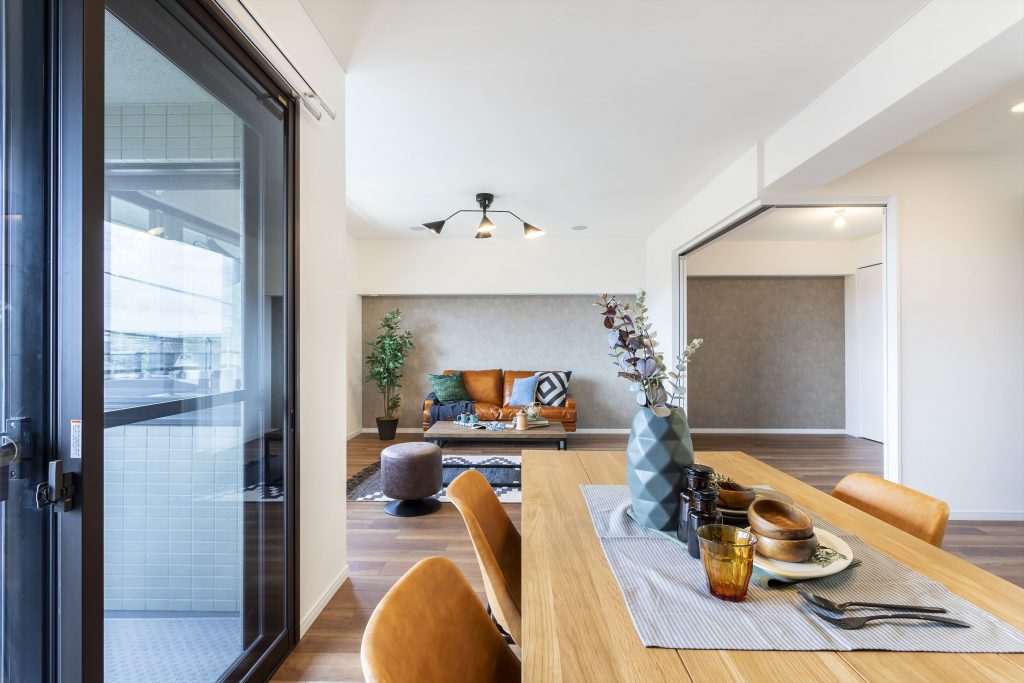
Construction between January and the end of October of 2020 were up 1.9% compared to the same period in 2019. With said trend, inventory reached 3,229 units at the end of November 2020. Compared to the inventory at the end of November 2019, there was a year over year increase of 48.5% causing some concerns for over supply.
Although completed inventory for the Kansai Region has remained relatively low with a total of 1,241 units with a year over year increase of approximately 13%.
Completed inventory are units which a buyer can purchase and move-in right away. Where the typical sale of new construction (developments), the developer will roll out sets of units for sale in periods, which can be considered as Japan’s “pre-sale” period. The total supply will take into factor the “pre-sale” units as well as the completed units.
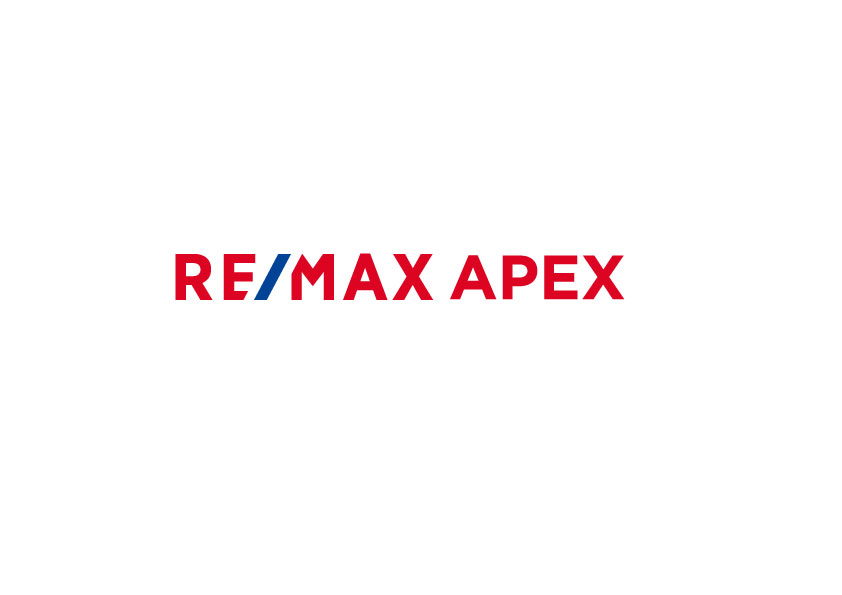
Summary
Other trends to be on the lookout for; the Real Estate Economic Instituted noted to keep an eye on the continued increase for average prices for new construction (condominiums). With the continued increase in prices, expect to see more families move out to the suburbs. With such a trend, increase of prices in city centers, movement of families to the suburbs, supply will then increase in the suburbs for the short term. To again supplement such a trend, the demand for larger living spaces will continue in 2021 with the push for more workers to work from home due to COVID-19.
Competition with hotel developers has fallen due to obvious reasons allowing condominium developers to be more active in land purchases.
Lastly, this is not a trend but more so an interesting piece of information, the number of condominiums developers in 2020 decreased to 71 companies compared to 80 companies in the same period for 2019.
For additional information please contact us here
Email: info@remax-apex.com
For the original Japanese Report clink here → Real Estate Economic Institue
The original Japanese Report also includes Toyko’s (the Kanto Regions) forecast.

